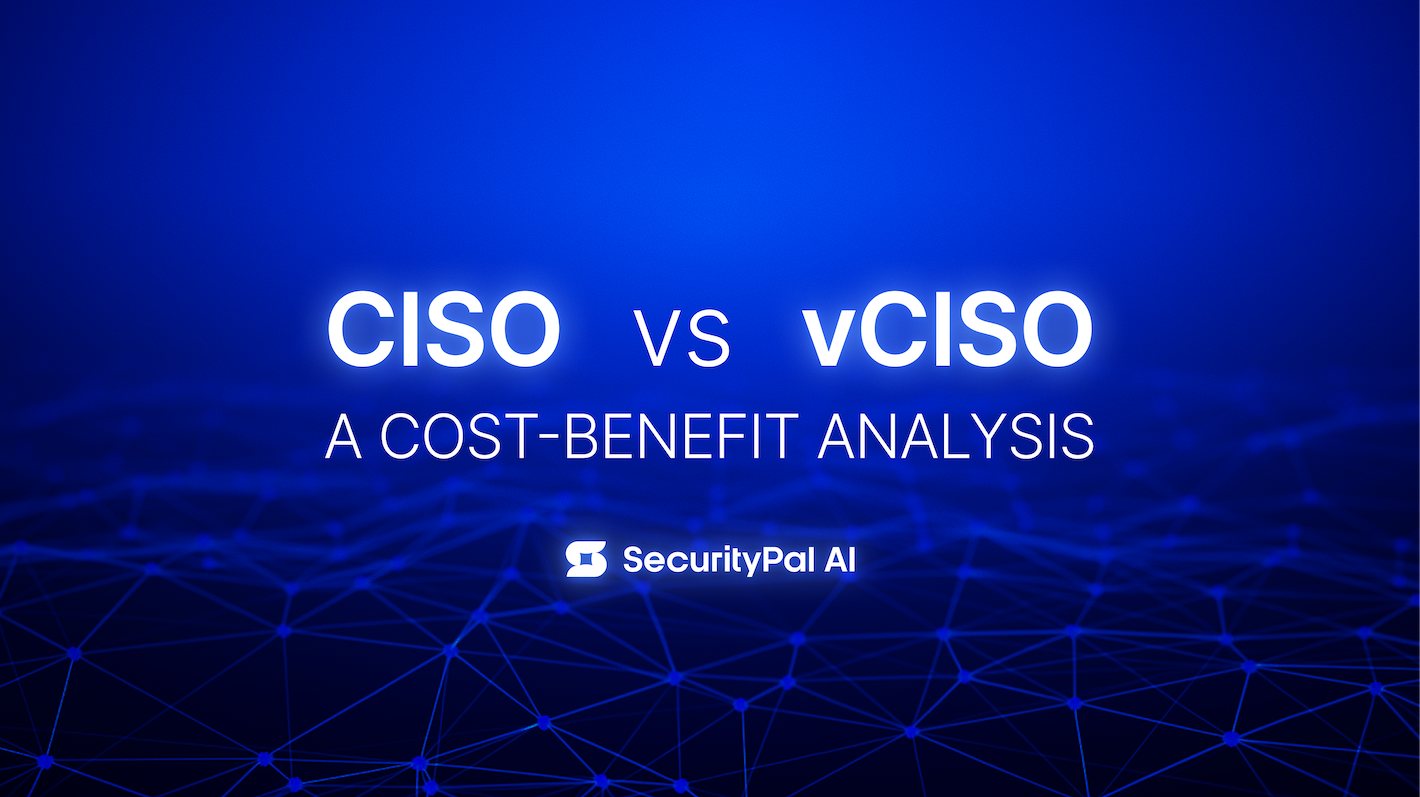Securing Tomorrow: A Practical Guide to Quantum Encryption
Quantum computing is closer than you think — and it’s coming for your encryption

Imagine a world where hackers can crack today’s strongest encryption in minutes. This isn’t science fiction. Quantum computing is making it a reality — and it’s closer than you’d think.
At SecurityPal, we believe quantum encryption isn’t just a buzzword; it’s a necessary step forward in protecting what matters most: your data.
Let’s dive into how quantum encryption works, why it matters for businesses, and actionable steps you can take right now to prepare for the quantum era.
Why Quantum Encryption Matters Now: The Looming Threat of Quantum Computers
Classical encryption methods like RSA and elliptic curve cryptography (ECC) rely on mathematical problems that even supercomputers struggle to solve. However, using algorithms like Shor’s Algorithm, quantum computers could crack these codes in minutes.
Quantum computers are rapidly advancing, and will soon be powerful enough to break current encryption methods used to protect digital information. Experts call this moment“Q-Day” and predict that it could arrive by 2030, putting sensitive data, financial records, healthcare information and state secrets at unprecedented risk.
The Quantum Solution
Quantum encryption uses the laws of physics, not just math, to secure data. Its core promise: eavesdropping is physically impossible. For businesses, this means future-proofing against both current cyberthreats and tomorrow’s quantum-powered attacks.
So how do we fight quantum threats? With quantum defenses.
How Quantum Encryption Works (No PhD Required!)
Don’t worry — you don’t need a PhD to get the basics. Let’s break it down.
- Superposition: Think of a quantum bit (qubit) as a dimmer switch. Unlike a classical bit (a simple on/off light), a qubit can be at any brightness level between 0 and 1 simultaneously.
- Entanglement: Imagine two coins that always land on the same side, even if flipped continents apart. Linked particles share states instantly, enabling ultra-secure communication.
- No-Cloning Theorem: Copying a quantum state is like photocopying a snowflake — it melts in the process. Any hacking attempt alters the data, alerting users immediately.
Quantum Key Distribution (QKD): A Step-by-Step Walkthrough
To make quantum encryption actionable, one of the most promising methods is Quantum Key Distribution (QKD) — a way for two parties to share encryption keys with absolute security. Unlike classical key exchange, which can be intercepted or copied without detection, QKD uses quantum mechanics to ensure any attempt to snoop is immediately obvious. Here’s a step-by-step look at how QKD works in practice:
Real-World Applications of QKD
Quantum encryption isn’t just theoretical — it’s already in use across high-stakes industries.
Financial Services: Protecting Trillions
Huaxia Bank partnered with SpinQ to use quantum neural networks for ATM optimization, showcasing early adoption in finance. JP Morgan is exploring quantum algorithms for portfolio optimization and fraud detection.
Healthcare: Securing Patient Data
BGI-Research uses quantum computing to accelerate genome analysis, ensuring genetic data remains private. IBM simulates protein folding for drug discovery, safeguarding intellectual property with quantum-resistant encryption.
Government & Defense
The European Telecommunications Standards Institute (ETSI) advocates for QKD in securing critical infrastructure. Satellite-based QKD (e.g., China’s **Micius** satellite) enables hack-proof global communication.
Preparing for the Quantum Future: A 3-Step Roadmap
Businesses can prepare today by taking three clear steps:
- Audit Existing Systems: Identify vulnerabilities in current encryption (e.g., RSA, ECC) and prioritize sensitive data for migration.
- Adopt Hybrid Solutions: Combine classical and quantum-safe algorithms like lattice-based cryptography, which resists quantum attacks using complex geometric structures or hash-based signatures, which relies on one-way functions even quantum computers can’t reverse.
- Partner with Quantum-Ready Vendors: Start small — pilot QKD in areas like internal communications or supply chains. Vendors like IBM and Microsoft already offer quantum-safe cloud services.
The Clock is Ticking on Quantum Encryption
Quantum encryption isn’t a distant dream — it’s a necessity. As quantum computers advance, businesses that delay adoption risk catastrophic data breaches. By starting today, organizations can build a security framework that’s unhackable, scalable, and ready for the quantum age.
The best time to plant a tree was 20 years ago. The second-best time is now.
At SecurityPal, we’re committed to guiding this transition. Let’s secure tomorrow, together.














